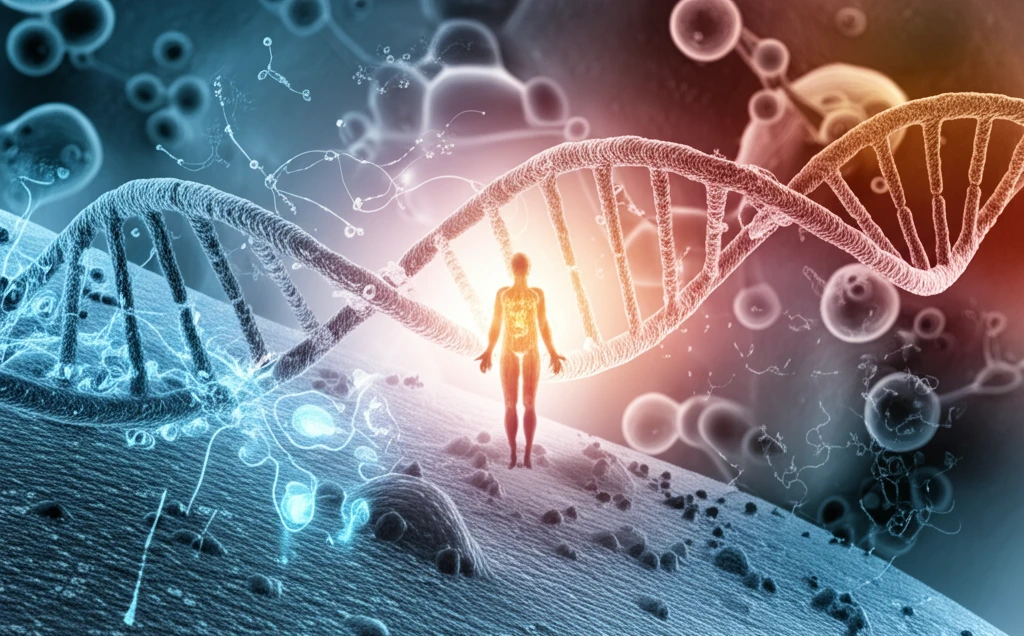
Decoding DNA Damage: How HUS1 Protects Your Genetic Code
"Unveiling the Secrets of HUS1: A Vital Guardian in the Realm of Genomic Stability and Cancer Prevention"
In the intricate world of molecular biology, DNA's integrity is constantly under threat. Daily exposure to environmental factors and the body's own metabolic processes can cause damage to our genetic material. Fortunately, cells have evolved sophisticated repair mechanisms to counteract these threats, maintaining genomic stability.
Among these mechanisms, the HUS1 protein plays a vital role. HUS1, short for 'HUS1 checkpoint homolog (S. pombe),' acts as a critical component of the DNA damage response, ensuring that cells with damaged DNA do not proceed unchecked through the cell cycle. This article explores the multifaceted functions of HUS1, its implications in cancer, and its potential as a therapeutic target.
Think of HUS1 as a key member of a cellular 'pit crew,' ready to jump in when DNA damage occurs. It’s part of a larger complex that assesses and repairs DNA, making sure everything is in order before the cell replicates.
The Role of HUS1 in DNA Repair and Checkpoint Control

HUS1 functions as part of the 9-1-1 complex, a crucial assembly that also includes RAD9 and RAD1. This complex is akin to a 'sliding clamp' that encircles DNA, detecting damage and initiating repair processes. The 9-1-1 complex is activated by various genotoxic stresses, including UV radiation, chemical exposure, and replication errors. Once activated, it recruits other DNA repair enzymes to the site of damage.
- Detects DNA Damage: HUS1 is central to identifying DNA damage, ensuring swift repair.
- Checkpoint Activation: It activates key sensors like ATM and ATR to halt cell cycle progression.
- Repair Recruitment: HUS1 helps recruit necessary DNA repair enzymes to damaged sites.
- Maintains Genomic Stability: The ultimate goal is to maintain the integrity of the genome, preventing mutations and potential disease.
Implications for Cancer and Therapy
Given its crucial role in maintaining genomic stability, it's no surprise that HUS1 is implicated in cancer. Studies have shown that reduced HUS1 function can lead to chromosomal instability and increased sensitivity to genotoxic stress, both of which can contribute to cancer development. For example, research indicates that HUS1 inactivation in mammary epithelial cells can result in genome damage and apoptosis. Moreover, single nucleotide polymorphisms (SNPs) in the HUS1 gene have been associated with breast cancer development. The relationship provides insights into potential treatment strategies targeting the DNA damage response.
